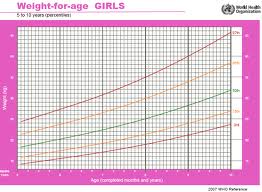Among breastfeeding moms, it tends to be common knowledge that you should “finish the first breast first”, meaning you should make sure that your baby is done on the first side before offering the second side. For most babies, this is a good approach. In some instances however, it is actually preferable to repeatedly switch sides.
Some newborns don’t nurse very effectively in the early days after birth. This can happen for a number of reasons – jaundice, sleepiness from medication used during birth, ineffective sucking due to birth interventions, structural issues like tongue-tie, or simply a poor latch. Many of these babies will go to breast and appear to be nursing just fine, but they’re not actually drinking. There is a big difference between a baby who is actively nursing and one who is just hanging out at mom’s breast. The baby who is just hanging out is getting comfort from being at breast, but isn’t getting enough to eat, which means that in turn, mom’s body isn’t getting the message to make more milk and milk production can suffer as a result (along with baby’s weight gain).
For a baby that is not transferring milk effectively, frequently switching sides along with using breast compression, is one of the best ways to keep your baby drinking, ensure that your baby is getting what they need to gain the appropriate amount of weight and protect your milk production. Babies respond to milk flow, so we want to keep the milk flowing as much as possible to make it easier for baby. By switching sides, you typically trigger your milk to let down again, which stimulates baby to keep drinking. As the flow starts to slow again, you can use breast compression to encourage baby to keep going.
With breast compression, depending on how you are holding your baby, you can use your hand around your breast, or use your flat hand on the top of your breast. If your baby is sucking but not swallowing, then compress your breast (firmly, but not hard enough to hurt yourself) and hold it. It may take a few seconds for your baby to respond. If your baby starts to actively drink again, then continue to hold the compression until the drinking stops, then release your hand and compress again. If your baby isn’t responding to the compressions, then switch sides. You may have do a little bit of compression to start with when you switch sides to get your baby to suck enough to trigger another let down. Some moms worry about the potential for foremilk/hindmilk imbalance when using switch nursing, however it is rarely a concern and using this approach ensures that your baby is taking in as much milk as possible. A baby that is not getting enough to eat is a much bigger concern.
You can switch sides as many times as you need to. By doing this, along with adding in the breast compression, you can increase the amount of milk that your baby is taking in as you work through whatever is causing the ineffective milk transfer. Keep in mind that switch nursing and breast compression are a temporary measure, not something that you will need to do the whole time you are breastfeeding. For some babies, they may simply need a little bit of time to recover from the birth process. For some babies however, other help may be needed and it is best to consult with an International Board Certified Lactation Consultant.
Switch nursing can also be an effective method of dealing with oversupply.











